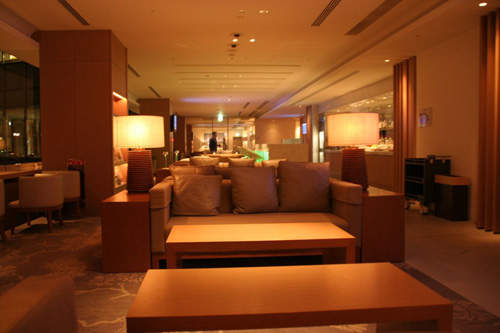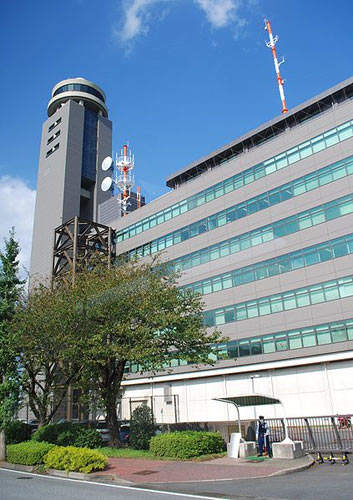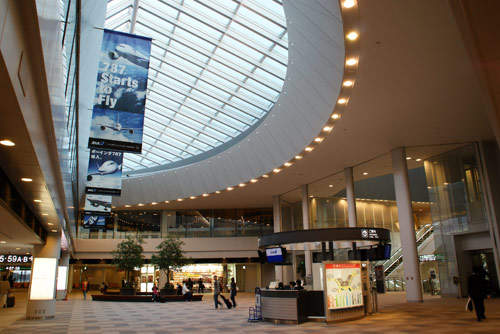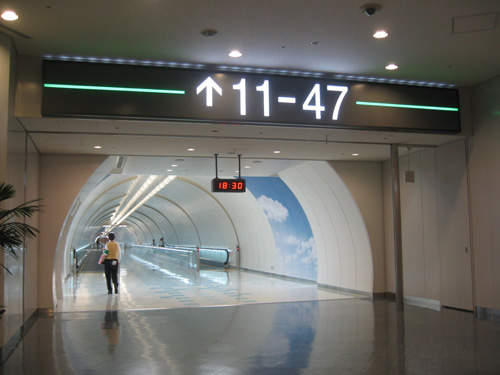Narita International is Japan’s largest and Tokyo’s premier international airport situated in Narita, Greater Tokyo in Japan. Located 60km from Tokyo city, the airport was previously known as New Tokyo International Airport. It opened in 1978 and has a total land area of 1,125ha.
Narita International Airport features two terminals and two runways. In 2008, it served more than 33 million passengers and handled around 2.06 million tons of freight, making it one of the busiest airports in the world in terms of cargo handled.
Narita International Airport Corporation is the operator of the airport. The operating company was established in 1966 as New Tokyo International Airport Authority and was privatised in 1994, changing its name to Narita International Airport Corporation.
Narita international airport runways
The airport has two runways, designated A and B. Runway A is 4,000m long and 60m wide, and can handle 135,000 flights a year. It uses a CAT III B instrument landing system. Runway B is 2,500m long and 60m wide, and can capacitate just 65,000 flights a year.
The runways use one aeronautical light system each. Around 30.3km of taxiway is available.
Narita airport expansion
The north wing of Terminal 1 was renovated in 1999. The extension comprised the additional of an in-line screening system and departure lobby renovation with new check-in areas and LCD TVs. The renovation of Terminal 2 included the commissioning of new check-in counters on 3 July 2008. The main building’s central area was also extended.
Consisting of a 2,900m2 area for shopping, the renovated building was opened on 9 April 2007. Airline lounges were also extended and now cover an area of 2,400m2. New airline lounges occupying 1,800m2 were also opened.
The airport is simultaneously undergoing through various expansion programmes, including the extension of the parallel runway, construction of new railway link to Tokyo, airport terminal refurbishment and expansion of retail areas.
As part of the airport expansion, runway B was extended from 2,180m to 2,500m. The project started in September 2006 and was completed in October 2009. The runway extension increased aircraft-handling capacity of the airport from 200,000 to 220,000.
Proposals are in place for an additional cross-wind runway, measuring 3,200m x 60m, to be constructed at the airport. The application for the construction of the runway is planned to be resubmitted to a local community, following an environmental survey after the parallel runway completion.
The airport covers an area of 1,040ha, and plans to increase the land area by 85ha would bring this to 1,125ha. Additional taxiways of around 6.8km are also planned to be constructed. The airport currently has 222ha of apron area and plans are underway to increase this to 265ha. Expansion plans also include adding a further 11 airport stands to the existing 134.
International airport terminal features
Narita International Airport features two passenger terminals. Terminal 1 carries a satellite design and features a central building attached with a south wing and a north wing. A total of five satellites make up the terminal. Spread over a 451,000m2 area, Terminal 1 has five floors above ground and one floor below. The basement of the terminal is an airport station connected to the city through different trains.
The base floor features JR and Keisei train lines. The first floor houses the international arrival lobby and domestic check-in counters, while the second floor serves inbound passport control and the third is used for outbound passport control. The fourth floor has an international departure lobby, as well as restaurants and shops, and the fifth floor features an observation deck aside from restaurants and shops.
Terminal 2 is situated in an area of 338,700m2. Opened in December 1992, the terminal includes a main and satellite building. The main building has six floors and a basement, while the satellite building has three floors.
The basement of the main building features the Terminal 2 station with rail links through JR and Keisei lines. The first floor features the international arrivals lobby and domestic check-in counters, with the second floor housing inbound passport control. The third floor features the international departures lobby and outbound passport control. An observation desk and restaurants and shops are located on the fourth floor.
In the satellite building, the second floor serves as the arrival concourse. The departure concourse is located on the third floor.
Amenities such as internet terminals, lounges, a post office, clinics, currency exchange, ATMs, copy and fax facilities, and many others, are present at the terminals. Both feature facilities such as nursery, smoking areas, banks, children’s play room and post office. Automated check-in counters can be found at both terminals in addition to LCDs, which display required travel information.
Apart from these two terminals, Narita airport also features several cargo terminal buildings. The total area of all the cargo terminal buildings comes to 295,800m2. There are a total of 21 buildings that come under the cargo facilities.
Narita airport check-in
Terminal 1 at the airport features 156 check-in desks. During terminal renovation, common-use self-service (CUSS) kiosks were installed at one of the airport’s conveyor belts, which then created an automated one-step check-in process. The system, the first of its kind in the world, resulted in reduced congestion during peak times.
Screening / security / explosion-detection system
The maiden in-line baggage screening system was first installed at the airport in June 2006 in the Terminal 1 south wing, followed by multiple installations in all terminals at the airport, which became operational on 8 July 2008. The in-line baggage screening system incorporates an explosives detection system (EDS) on the baggage-handling system conveyor belts. This eliminates the need for baggage security screening before check-in, thus making check-in quicker and easier. Security is also improved by the use of EDS. Additional security in the form of explosives trace detectors (ETD) is also available.
Narita International is Japan’s only airport that ensures that all checked-in baggage is 100% EDS scanned. The security at the airport has passed International Civil Aviation Organization (ICAO) standards and is certified as being safe.
Airport employees undergo metal detectors scans while entering airport premises. Goods sold in the airport shops are also X-rayed.
Narita airport communications and safety
Radio navigation aids used at the airport include two VHF omni-directional radio range beacon (VOR) stations, two distance measuring equipment (DME) stations and four instrument landing system (ILS) systems.
International airport parking
A total of five parking areas are available for different terminals. P1 and P5 provide parking for Terminal 1; P2 and P3 for Terminal 2 users and P4 serves as a cargo car park area.
P1 is a multi-storey car parking facility with three levels and available parking space for 1,000 cars and 20 large buses. P2 car parking is also a multi-storey building with five levels above ground and two below. It has space for 1,400 cars and the overhead clearance is 2.3m.
P3 has ground-level parking space for 120 cars and 20 buses. P5 is a multi-storey car park with space available on the ground floor and four levels above ground. Space is available for 590 cars. The overhead clearance is 2.3m at ground level and 2.1m at above ground levels.
The cargo car park area is a multi-storey building with six levels of parking. It has space for 70 cars and an overhead clearance of 2.3m.
Airport maintenance facilities
An airport aviation fuel storage centre and a fire station branch are located near runway B. Another airport aviation fuel terminal and fire station branch are located near runway A, in addition to a water supply centre and an animal quarantine.
The airport is also equipped with other maintenance facilities, which include an automatic aircraft washing shed, vehicle service works, parts shop and maintenance area warehouses. Hangers include four JAL hangers, NCA hanger, ANA hanger, noise reduction hangers and noise suppressors. In addition, a JAL engine maintenance shop is located at the airport.
Road and rail infrastructure
Both passenger terminals each feature a railway station. The train service, provided by the East Japan Railway Company (JR East) and Keisei Electric Railway Co., Ltd. (Keisei Railway), operates from the airport to Tokyo and other cities.
JR East runs the Narita Express and Airport Narita service trains, connecting the airport to main cities. Keisei Railway operates Skyliner, Limited Express and Rapid Express service trains from the airport to the cities. Train travel from the airport to Tokyo takes a minimum of 60min. Buses and taxis are also available from the airport to the main city.
Narita Rapid Railway is a new railway link under construction and will link Narita Airport to central Tokyo in 36min. The Narita New Rapid Railway Project’s main entity is Narita Rapid Rail Access Co. Ltd. A total of 126.1 billion yen ($1.4bn) has been invested in the project, scheduled for completion in 2010.
A helicopter and limousine transfer service also operates from Narita airport to Tokyo. Transfer between the terminals can be done through a free bus shuttle service.









